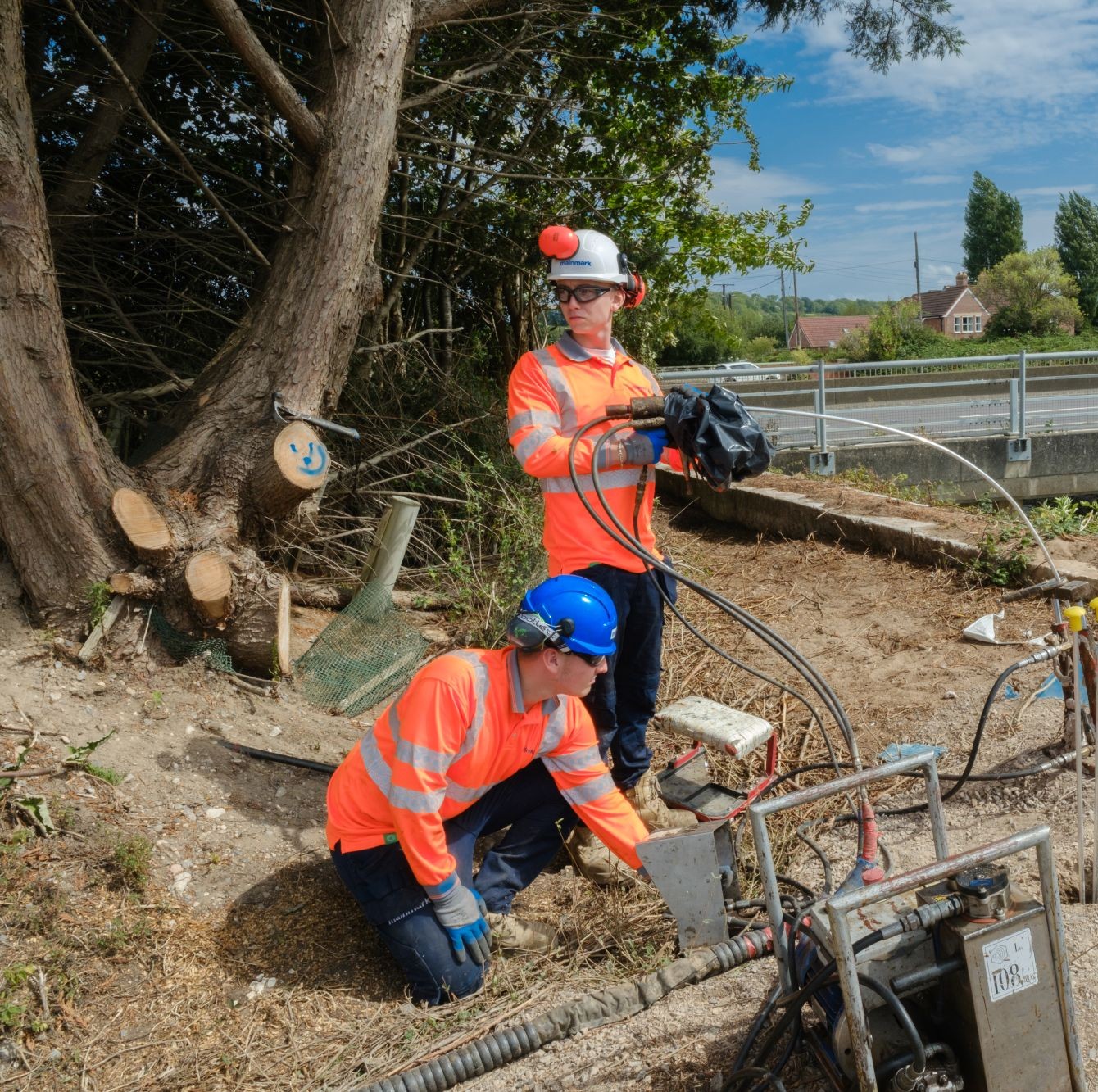Mast Year for Trees Signals Need for Sustainable Ground Management in Urban Construction
LONDON / AGILITYPR.NEWS / November 14, 2025 / On a recent evening walk through my local woodland, I couldn’t help but notice the abundance of acorns and conkers carpeting the ground. This year is what arborists call a mast year — a natural phenomenon where trees produce an unusually large number of seeds. While it’s a remarkable ecological event, it may also be an early warning sign for the built environment.
What does a mast year mean for construction and infrastructure?
A mast year can indicate that trees are under stress, often due to prolonged dry conditions. These environmental pressures are closely linked to the same climate patterns – droughts, heatwaves, and sudden heavy rainfall - that are also driving an increase in ground movement and subsidence across the UK and Ireland.
The UK has large areas with shrinkable clay soils, such as much of London and the South East, North East of England, parts of the North West (like Manchester and parts of the Lancashire Plain), and the Trent Valley. The interaction between trees, moisture loss, and ground behaviour can have serious consequences for buildings and infrastructure. As roots draw moisture from the soil, particularly during dry spells, the ground can shrink, leading to cracking, settlement, and foundation instability.
Urban trees and the sustainability balance
The London iTree report estimated there are over eight million trees in the capital, delivering vital benefits such as improved air quality, carbon capture, and biodiversity. However, with climate conditions becoming more volatile, these same trees can interact unpredictably with the built environment.
The challenge for sustainable construction professionals is to balance ecological value with ground stability, ensuring that the benefits of urban greening are not undermined by costly structural damage.
Building climate resilience through sustainable remediation
At Mainmark, we are seeing growing demand for low-impact, sustainable ground engineering solutions that address subsidence without resorting to disruptive excavation or tree removal. We can achieve this by taking a ‘combined methodology’ approach, prioritising both the building and the natural environment in our approach. Our Teretek® resin injection solution is a greener, cost-effective and quick alternative to subsidence repair, which strengthens foundations and relevels the ground without the need for underpinning.
By adopting data-led monitoring, collaborative planning with arborists, and sustainable remediation technologies, developers and asset owners can safeguard both their structures and the surrounding natural environment.
A call for integrated climate adaptation
The mast year phenomenon serves as a reminder that climate change affects every aspect of our built environment — from the roots of our trees to the integrity of our foundations. A sustainable construction approach must recognise these interdependencies and plan for long-term resilience.
Mainmark UK is part of the global Mainmark group of companies – founded originally in Australia in 1989, but successfully delivering projects in New Zealand, Japan, Thailand, the UK and Ireland. Through its solutions for releveling, ground improvement and void filling, it has successfully delivered 82,000 projects globally to help futureproof infrastructure from climate-related disasters.


About Us
Mainmark Ground Engineering (UK) Ltd is a subsidiary of the Mainmark group of companies, established in 2016, with its headquarters located in Milton Keynes.
Mainmark group of companies has a global footprint across 14 locations with more than 200 staff worldwide. For over three decades, Mainmark has established itself as a pioneering force in the industry, leading the way in developing and delivering cutting-edge ground improvement solutions.
With an impressive track record of over 80,000 successful projects across Australia, New Zealand, Japan, Europe and the UK, Mainmark has earned international recognition as an award-winning and leading ground engineer.
Contacts